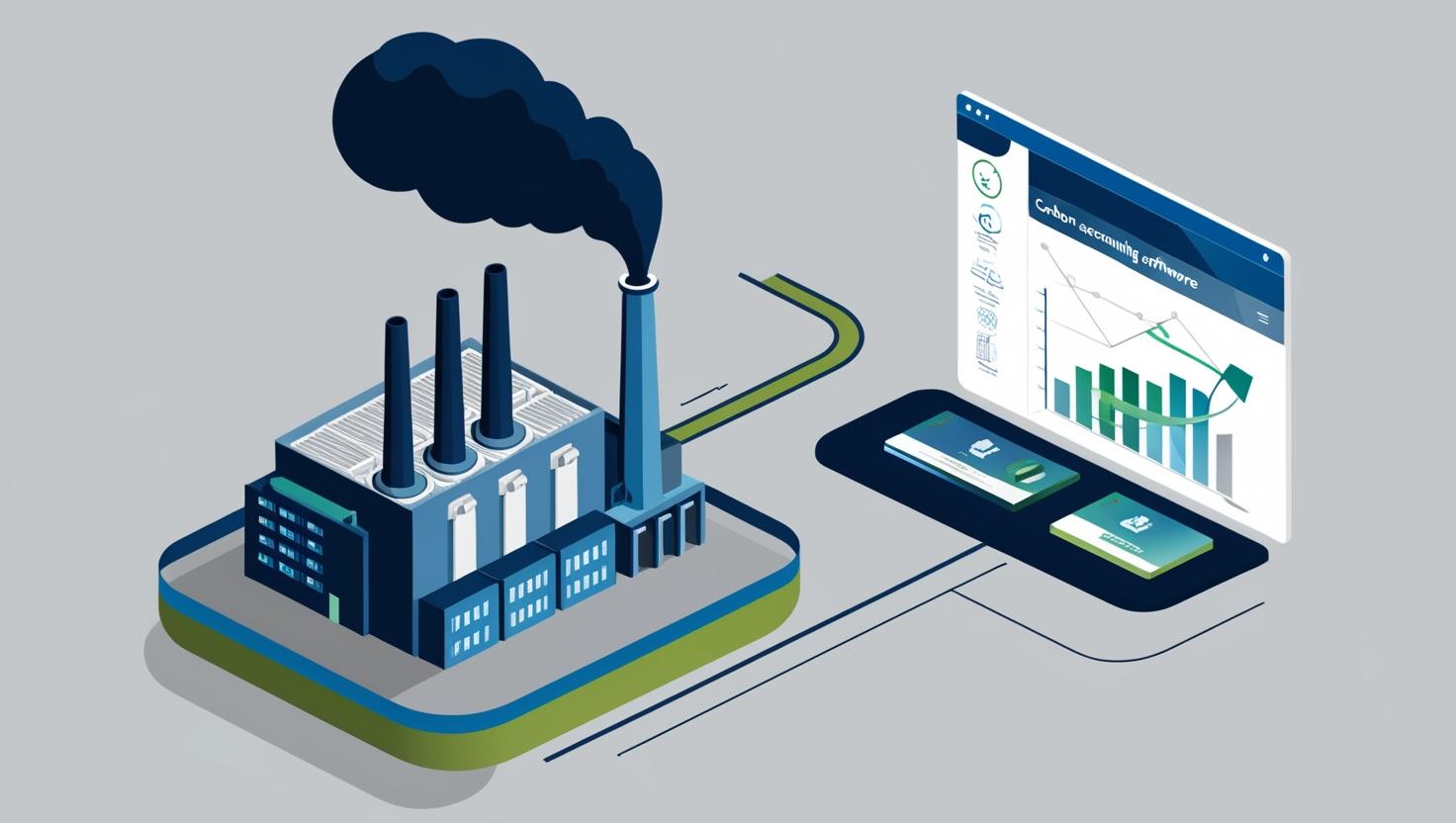The Chief Information Officer faces the constant challenge of ensuring the best software within a company. As enterprises face increasing pressure to meet environmental regulations, having the right tool to meet them can significantly increase compliance. For a CIO, finding the right software fit, that is mapped to their industry and sector, can altogether elevate their sustainability strategy, streamline reporting processes, and drive data-driven decisions that reduce environmental impact while enhancing operational efficiency. The right software not only ensures compliance but also positions the enterprise as a leader in sustainability.
The best sustainability management software tailored to industry and company-specific requirements helps significantly in resolving CIO’s challenges. An efficient software, accurate data gathering, timely reporting, budget-friendly tool and a software that assures data privacy lightens the risks faced by the CIO.
In this blog, we look at different parameters that must be considered by a CIO while purchasing a sustainability management software.
What CIOs consider while purchasing sustainability management tool?
The sustainability management software market size was valued at $ 0.1 billion in 2023,and is expected to grow to $ 0.6 billion by 20232 at CAGR of 15.9%, as per reports. The large market and its increasing players, naturally make it difficult for CIO’s to find the right fit. However, it also gives the opportunity to pick a tool that comes closest to resolving an enterprise’s challenges.
Owing to the availability of a wide range of sustainability tools, multiple attributes like integration capabilities, ease of use, industry fit, software efficiency, and more can be assessed. Here is a look at some of the factors that CIOs take into consideration while purchasing sustainability management software:
Regulations: An increasing number of corporate sustainability regulations will be emerging across the world, which will be applicable to different companies. Any sustainability management software having the ability to integrate all current and potential future regulations will be highly preferred.
Budget: The right software has to fit within the company’s stipulated budget. The sustainability management tool’s affordability plays a critical role in making a purchase.
Scalability: Any tool that has the ability of a computing process to be used or produced in a range of capabilities and regulations is much needed. A software that can meet different technical requirments and data gathering needs for diffrent facilities is desirable.
Adaptability: A software designed to adjust to changing requirements under changing circumstances is important. Adaptability to customer needs, industry specifications, market needs, regulations, and different standards. This also means ensuring high data quality and accuracy under all the circumstances.
What to look for in a sustainabiltiy management software?
There are multiple factors that must be considered by the CIO while planning to purchase a sustainability management software. Here is a look at a list of the key features that should ideally be kept in mind:
- Data security: Data security is one of the top most feature to be considered since a sustainability software collects large amounts of data from operations, which when leaked can put the business and its reputation at grave risk. The software must have extremely high data security features and protect the company’s data against external and internal breaches. It must have integrated facility of user authentication and authorisation. The process to monitor for data breaches and notify tenants if an incident may have impacted their data is an added advantage that a tool can offer. Moreover, data-gathering must be done over secure and authenticated channels having the following features:
- IDS, IPS, DDOS protection, antivirus, and firewall.
- Integration with an Identity provider (IdP) like Active Directory for user authentication and authorization
- IoT devices and API integration for data collection only over secure and authenticated channels
- Comprehensive monitoring of the security state of infrastructure and applications
- Process to monitor for data breaches
- Integration & data collection: Data integration and collection from IT systems and OT systems using OPC protocol is imperative. Emissions data should also be collected directly from sensors, meters and devices using proctors including MODBUS, Bacnet etc. Under integrated data collection, tool must have the following features:
- Data collection from IT Systems like ERP and BI
- Data directly from sensors, meters and devices
- Data collection from OT systems, including SCADA, DCS, and BMS
- Data accuracy: One of the most important challenges is to ensure a sustainability management tool that has the best emissions data management facility. Data accuracy is the primary focus of any sustainability management journey and compliance. Hence, CIOs must be mindful of the fact that the sustainability management tool ensures high data quality and accuracy.
- Administration: The central administration of the company’s subsidiaries, facilities, devices, users and roles is a key feature in the sustainability management tool. There could also be role-based access to the control mechanism of the application.
- Environmental compliance: The sustainability management software must be equipped with features to ensure different environmental compliances and different sustainability standards. The tool must be able to automate the compliance prices and the entire journey. For example, there are a lot of sustainability management standards and compliances including GHG Protocol, BRSR, Carbon Accounting, etc. All of these have different templates for reporting and even monitoring the sustainability journey of a company. The sustainability management software must integrate all the required templates, formats and processes to ensure error-free compliance.
KPI monitoring: Sustainability management tools allow organisations to set targets and sustainability objectives as key performance indicators. The software must be able to track these KPIs over time to generate emission reports and progress reports. It enables companies to keep track of their progress towards their sustainability goals and business outcomes. For instance, companies can track and monitor the key areas that could result in more financial implications and design a strategy accordingly.
Check this list to know more about parameters that CIOs consider
The success of a company’s sustainability management depends on the quality of sustainability management software, better data collection, data-driven decision making, increased transparency, reduced environmental impact, compliance with laws and regulations, improved reputation and brand image.
Why is TSC NetZero the best sustainability management software?
The Sustainability Cloud and its product features allow organisations to participate in an end-to-end sustainability management journey. It helps in adhering to all the major environmental compliances and international corporate sustainability standards and frameworks. This also offers the best features in accurate data gathering and management. It also eliminates challenges related to timely reporting and ensures disciplined report generation.
TSC NetZero also ensures automated data collection for seamless integrated reporting and meets compliances, including CBAM, CSRD, SECR, etc. Moreover, it works on setting targets and then reducing them in alignment with SBTi.




